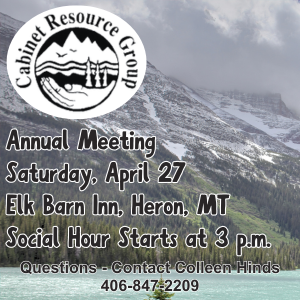Enabling patterns of breakdown
April 13, 2023
The Pope Who Would Be King, by David I. Kertzer, is the biography of a man placed in a position of immense power almost against his own will, and of how he dealt with that power. It’s a great read for anyone interested in the ancient tension between centralized authority and authority “of the people, by the people, and for the people”, or between conservatism and liberalism. But as with much of history, the real interest comes from considering contemporary events in the light of history’s lessons.
Pius IX (Giovanni Mastai Ferretti, 1792-1878) was the Roman Catholic Pope from 1848 to 1878. He was born to Italian nobility but became known for his compassion for everyday citizens. He wanted to grant freedoms which the citizenry had never had, yet he was convinced by birth, training, and belief, that God ordained popes to rule absolutely over both religious and secular life. Thus, “he would soon find himself in an impossible position, caught between his desire to be loved by his subjects, and his fears that he was betraying the trust placed in him by the cardinals and by God.”

No matter what kind of liberalizing Pius allowed, his subjects wanted more, including a constitution and an end to the hated church courts. Their methods were extreme, destructive and violent. Within a couple of years they turned from loving him to hating him. For the rest of his Papacy he felt betrayed by “the people”, and it didn’t help that his cardinals nagged him continuously to punish them, even to the point of torture and hanging.
Pius responded by becoming more oppressive. Ultimately, his reign saw the last time the Catholic Church ruled a secular government, though it did remain influential. The author says, “Well into the latter half of the 19th century, Pius IX and the Roman Catholic Church condemned ideas of religious freedom, of freedom of speech and of the press, and of the separation of church and state as incompatible with Christianity. It was only in the 1960’s, with the Second Vatican Council, that the [church] fully rejected this medieval vision.”
The story makes you wonder: Why can’t people be satisfied with incremental change? Do they really think anarchy will be better than stability? Do they really think total destruction of the existing order will lead to a perfect world? If so, what does that perfect world look like? What structures can they offer in place of those which they destroy?
On the other hand: Why does authority always think that rule-by-fear is the answer to disagreement? (Currently there’s a proposed law in a southern state that even attempting to pass gun regulation is a felony. Really.) Can fear be defended as moral? Why does authority always think the old ways are the only ways? Isn’t it obvious that change happens, no matter what? (Except, perhaps, in places like Afghanistan, but who wants that kind of results?)
This convoluted, chaotic piece of Italy’s history isn’t the first example of democracy/autocracy conflict. Philosophical bigwigs such as Plato and Socrates were describing its patterns 2000 years earlier.
Depending upon the circumstances, no single viewpoint can always claim righteousness and all sides need checks and balances, as America’s Founding Fathers understood -- and codified through the Constitution. But heedless of the many historical warnings, modern Americans are once again enabling the patterns of breakdown. Under claims of being “the people,” extremism is endangering democracy, attaining power in ways which would have been dismissed as so much bat-poo 50 years ago.
And history says when democracy is lost, autocracy is bound to follow.
Ron Rude, Plains


Reader Comments(0)